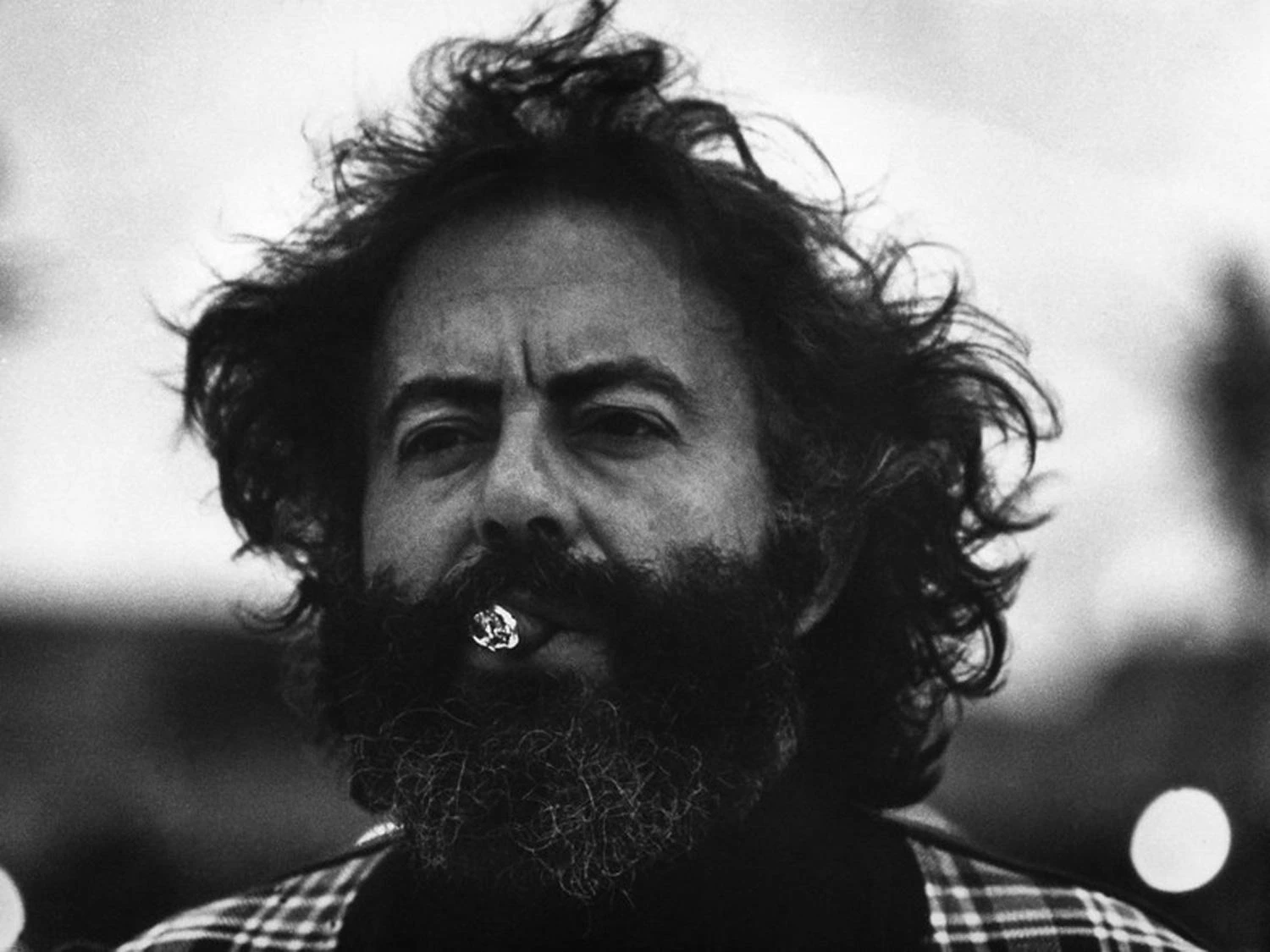
(1930-2008)
The expansive vitality of Fernando Higueras and his hedonistic character found their way into his architecture of concrete, whose geometric rigor was a reflection of his musical sensitivity. Born in Madrid, he studied at the progressive Colegio Estudio – which continued the approach of the Institución Libre de Enseñanza –, for which he designed a new building in?Aravaca, Madrid, in 1962, three years after obtaining his architectural degree at the Madrid School of Architecture. In 1961 he received the National Architecture Award, with Rafael Moneo, for the draft project of the Center for Artistic Restorations in Madrid’s Ciudad Universitaria, designed in 1965 and completed in 1984.?With a radial floor plan, the expressive concreting and the glass spires evoked forms of nature like the sunflower or the sea urchin, though the building also became known as the ‘crown of thorns’. In 1963 he began his collaboration with Antonio?Miró, his partner until 1969, with whom he carried out most of his projects: the Unidad Vecinal de Absorción of Hortaleza (1963), a residential complex for with 1,100 minimal units that had to be provisional and demountable); several houses with cantilevers in the Madrid mountains, like that of the artist Lucio Muñoz (1962-1963); or the housing for military personnel in the roundabout of San Bernardo, Madrid (1967-1975), whose vegetal language finds expression in the form of running terraces with impeccable concrete finishes. With skill for drawing, sculpture, watercolor and photography, and a great talent for music – he was Andrés Segovia’s disciple –, he maintained a close friendship with the painter Antonio López, the writer and playwright Francisco Nieva, or the Canarian artist César Manrique, who took part in the design of the gardens of the hotel Las Salinas of Teguise, Lanzarote, an imposing stepped structure built during the tourist boom of the 70s. His hypnotic proposals for competitions like that of the Spanish Pavilion in New York (1963), the Opera Theater in Madrid (1964) or the building of Montecarlo, designed as a city within the city, of radial floor plan and projecting terraces, were never built. After the booming 60s and 70s, his rhythm of production slowed down, but he once again stirred up the architectural scene in the 90s with a brick church of Sassanid inspiration, the polemical and archaic ‘Cathedral of Pozuelo’.





